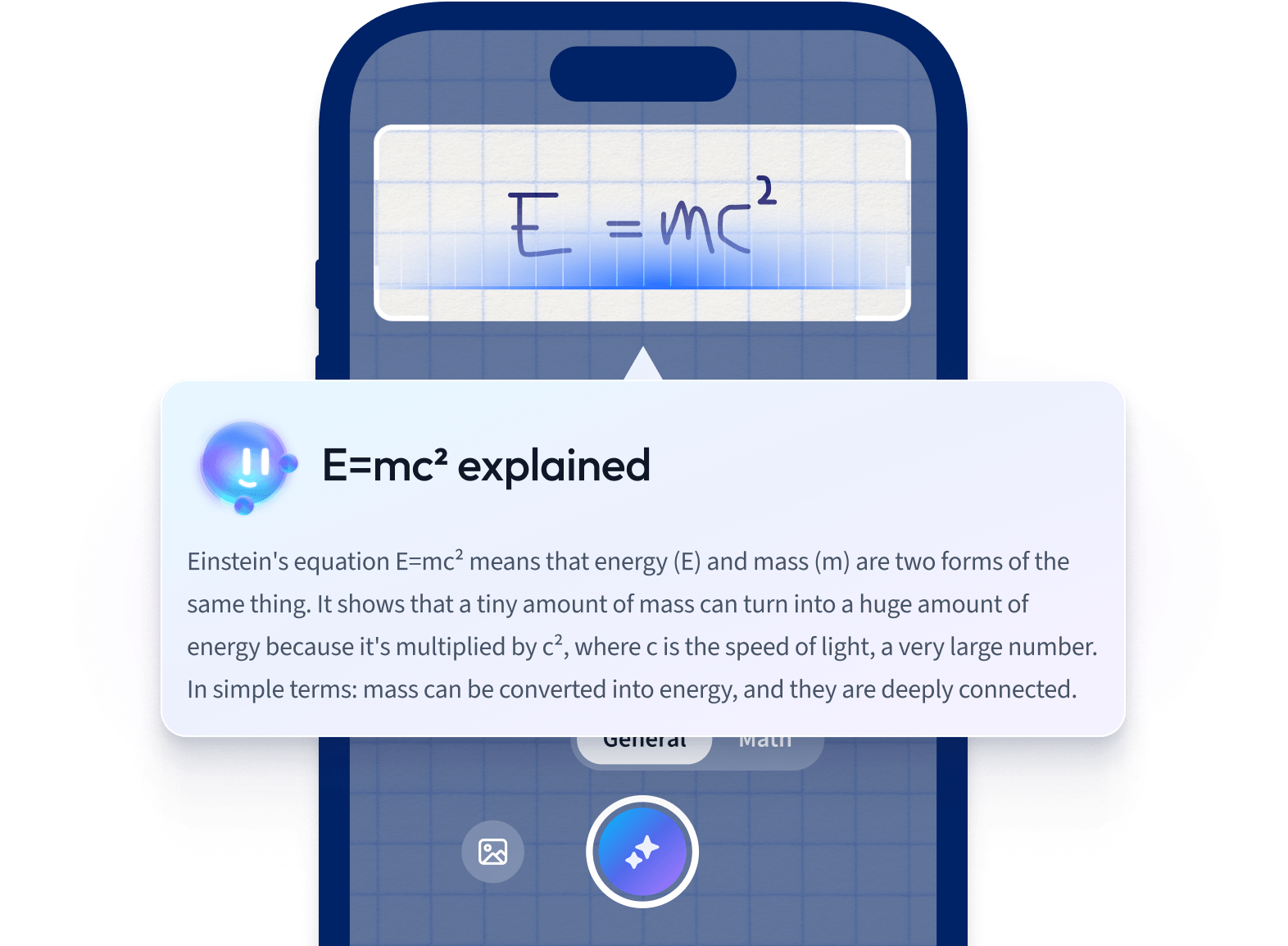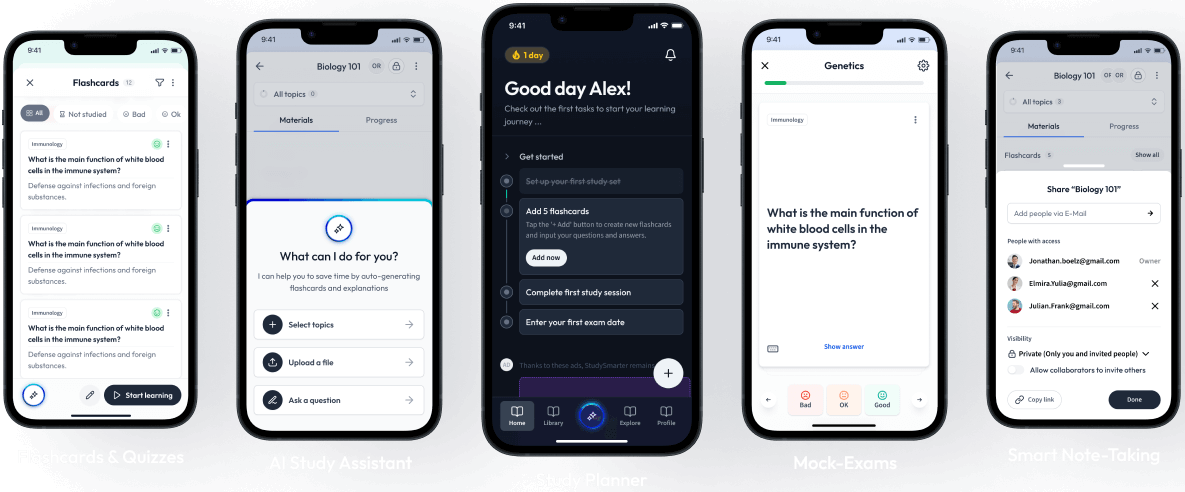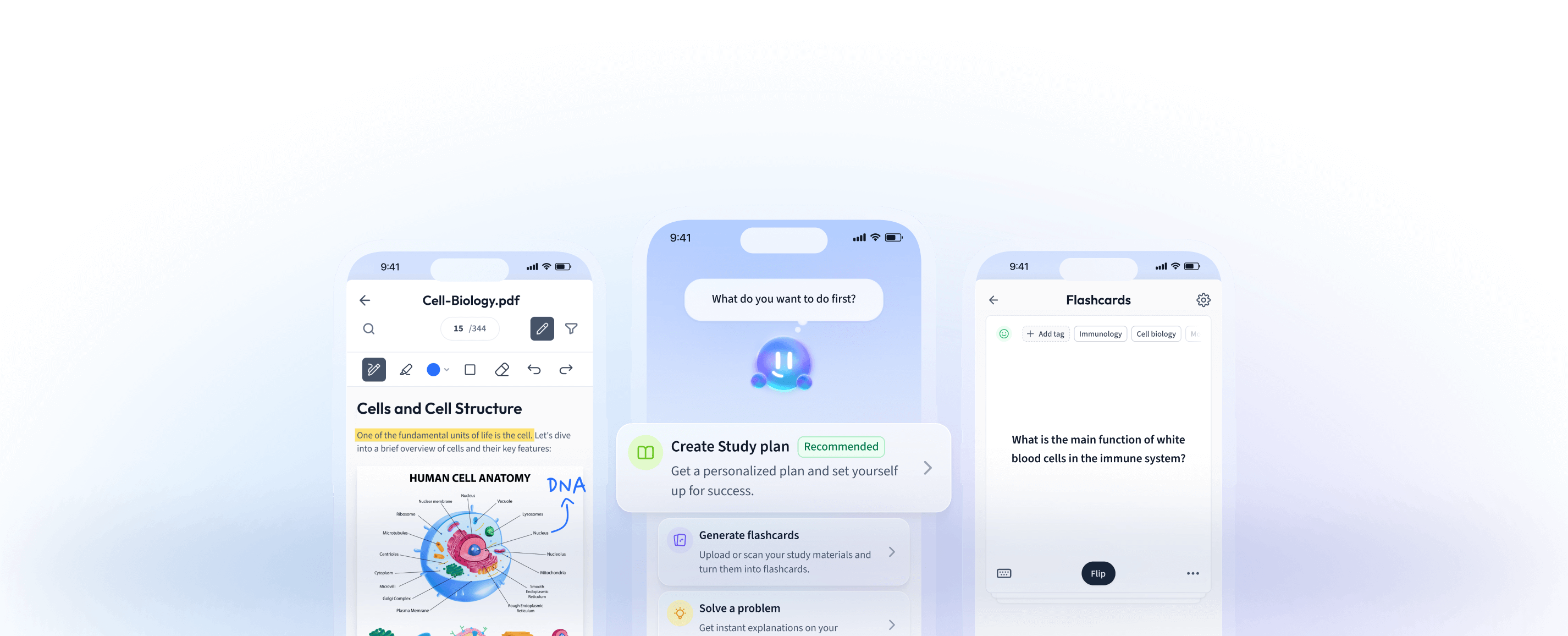A source is a plant region that generates organic compounds, such as amino acids and sugars. Examples of sources are green leaves and tubers.
A sink is a region of the plant that is actively growing. Examples include roots and meristems.
The structure of phloem
Phloem contains four specialised cell types to carry out its function. These are:
- Sieve tube elements - a sieve tube is a continuous series of cells that plays a key role in maintaining the cells and transporting amino acids and sugars (assimilates). They work closely with companion cells.
- Companion cells - cells responsible for transporting assimilates into and out of the sieve tubes.
- Phloem fibres are sclerenchyma cells, which are non-living cells in the phloem, providing structural support to the plant.
- Parenchyma cells are permanent ground tissue that will form the bulk of a plant.
Plant assimilates refer to amino acids and sugars (sucrose).
 Fig. 1 - The structure of phloem is shown
Fig. 1 - The structure of phloem is shown
The adaptations of phloem
The cells that make up phloem have been adapted to their function: sieve tubes, which are specialized for transport and lack nuclei, and companion cells, which are necessary components in the translocation of assimilates. Sieve tubes have perforated ends, so their cytoplasm connects one cell to another. Sieve tubes translocate sugars and amino acids within their cytoplasm.
Both sieve tubes and companion cells are exclusive to angiosperms (plants that flower and produce seeds enclosed by a carpel).
Sieve tube cell adaptations
- Sieve plates connect them (endplates of the cells) transversely (extending in a cross direction), allowing the assimilates to flow between the sieve element cells.
- They do not have a nucleus and have a reduced number of organelles to maximize the space for the assimilates.
- They have thick and rigid cell walls to withstand the high hydrostatic pressure generated by translocation.
Companion cells adaptations
- Their plasma membrane folds inwards to increase the surface area for material absorption (see our Surface Area to Volume Ratio article to read more).
- They contain many mitochondria to produce ATP for active transport of assimilates between the sources and sinks.
- They contain many ribosomes for protein synthesis.
Table 1. The differences between sieve tubes and companion cells.
| Sieve tubes | Companion cells |
| Relatively large cells | Relatively small cells |
| No cell nucleus at maturity | Contains a nucleus |
| Pores in transverse walls | Pores absent |
| Relatively low metabolic activity | Relatively high metabolic activity |
| Ribosomes absent | Many ribosomes |
| Only a few mitochondria present | Large numbers of mitochondria |
The function of phloem
Assimilates, such as amino acids and sugars (sucrose), are transported in the phloem by translocation from sources to sinks.
Take a look at our Mass Transport in Plants article to learn more about the mass flow hypothesis.
Phloem loading
Sucrose can move into the sieve tube elements via two pathways:
- The apoplastic pathway
- The symplastic pathway
The apoplastic pathway describes the movement of sucrose through the cell walls. Meanwhile, the symplastic pathway describes the movement of sucrose through the cytoplasm and plasmodesmata.
Plasmodesmata are intercellular channels along the plant cell wall which facilitate the exchange of signalling molecules and sucrose between cells. They act as cytoplasmic junctions and play a key role in cellular communication (due to the transportation of signalling molecules).
Cytoplasmic junctions refer to cell to cell or cell to extracellular matrix connections through the cytoplasm.
 Fig. 2 - Movement of substances through the apoplast and symplast pathways
Fig. 2 - Movement of substances through the apoplast and symplast pathways
Mass flow
Mass flow refers to the movement of substances down the temperature or pressure gradients. Translocation is described as mass flow and takes place in the phloem. This process involves sieve tube elements and companion cells. It moves substances from where they are made (sources) to where they are needed (sinks). An example of a source is the leaves, and the sink is any growing or storage organs such as roots and shoots.
The mass flow hypothesis is often used to explain the translocation of substances, although it's not fully accepted due to the lack of evidence. We will summarise the processes here.
Sucrose enters the sieve tubes from the companion cells by active transport (requires energy). This causes reduced water potential in the sieve tubes, and water flows in by osmosis. In turn, the hydrostatic (water) pressure increases. This newly created hydrostatic pressure near the sources and lower pressure in the sinks will allow the substances to flow down the gradient. Solutes (dissolved organic substances) move into the sinks. When the sinks remove the solutes, water potential increases, and water leaves the phloem by osmosis. With this, the hydrostatic pressure is maintained.
What is the difference between xylem and phloem?
Phloem are made of living cells supported by companion cells, whereas xylem vessels are made of non-living tissue.
Xylem and phloem are transport structures that together form a vascular bundle. Xylem carries water and dissolved minerals, starting at the roots (sink) and ending at the plant leaves (source). The movement of water is driven by transpiration in a unidirectional flow.
Transpiration describes the loss of water vapour through the stomata.
Phloem transports assimilate to the storage organs by translocation. Examples of storage organs include storage roots (a modified root, e.g., a carrot), bulbs (modified leaf bases, e.g., an onion) and tubers (underground stems that store sugars, e.g., a potato). The flow of material within phloem is bi-directional.
 Fig. 3 - The differences between xylem and phloem tissue
Fig. 3 - The differences between xylem and phloem tissue
Table 2. A summary of the comparison between xylem and phloem.
| Xylem | Phloem |
| Mostly non-living tissue | Mainly living tissue |
| Present at the inner part of the plant | Present on the external part of the vascular bundle |
| Movement of materials is uni-directional | Movement of materials is bi-directional |
| Transports water and minerals | Transports sugars and amino acids |
| Provides mechanical structure to the plant (contains lignin) | Contains fibres that will provide strength to the stem (but not in the scale of lignin in the xylem) |
| No end walls between cells | Contains sieve plates |
Phloem - Key takeaways
- The main function of phloem is to transport assimilates to sinks via translocation.
- Phloem contains four specialised cell types: sieve tube elements, companion cells, phloem fibres and parenchyma cells.
- Sieve tubes and companion cells work closely together. Sieve tubes conduct food matter in the plant. They are accompanied (literally) by companion cells. Companion cells support sieve tube elements by providing metabolic support.
- Substances can move via the symplastic pathway, which is through cell cytoplasms, and the apoplastic pathway, which is through cell walls.
How we ensure our content is accurate and trustworthy?
At StudySmarter, we have created a learning platform that serves millions of students. Meet
the people who work hard to deliver fact based content as well as making sure it is verified.
Content Creation Process:
Lily Hulatt is a Digital Content Specialist with over three years of experience in content strategy and curriculum design. She gained her PhD in English Literature from Durham University in 2022, taught in Durham University’s English Studies Department, and has contributed to a number of publications. Lily specialises in English Literature, English Language, History, and Philosophy.
Get to know Lily
Content Quality Monitored by:
Gabriel Freitas is an AI Engineer with a solid experience in software development, machine learning algorithms, and generative AI, including large language models’ (LLMs) applications. Graduated in Electrical Engineering at the University of São Paulo, he is currently pursuing an MSc in Computer Engineering at the University of Campinas, specializing in machine learning topics. Gabriel has a strong background in software engineering and has worked on projects involving computer vision, embedded AI, and LLM applications.
Get to know Gabriel














